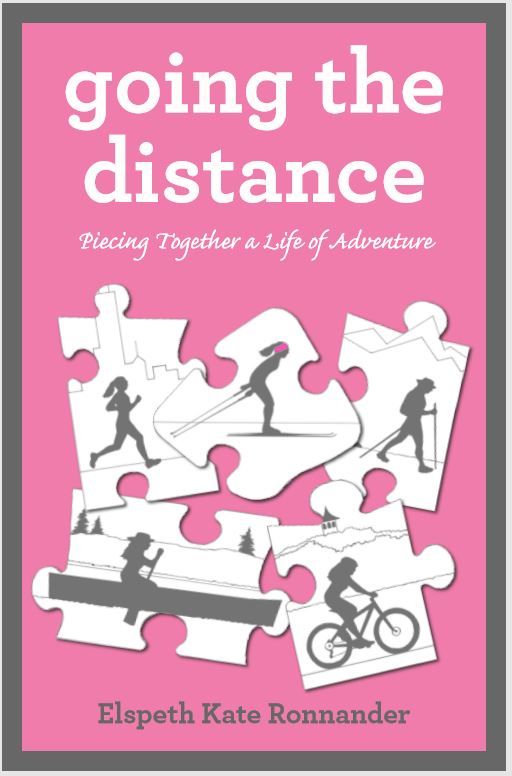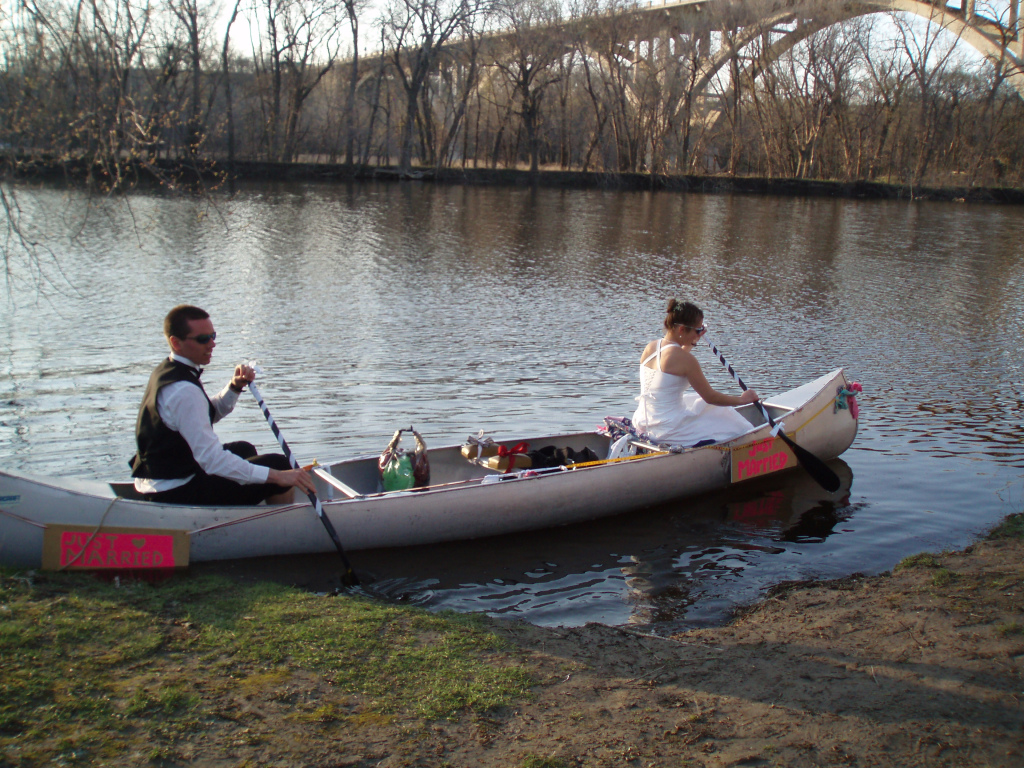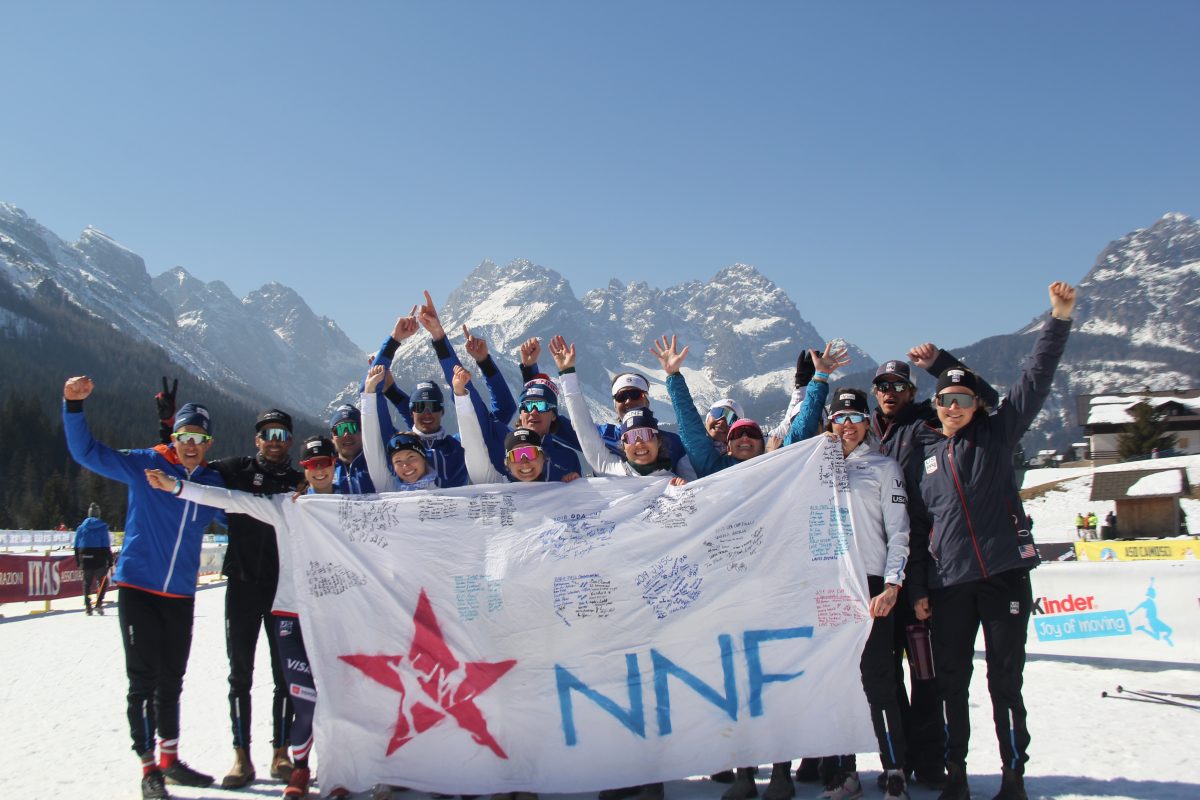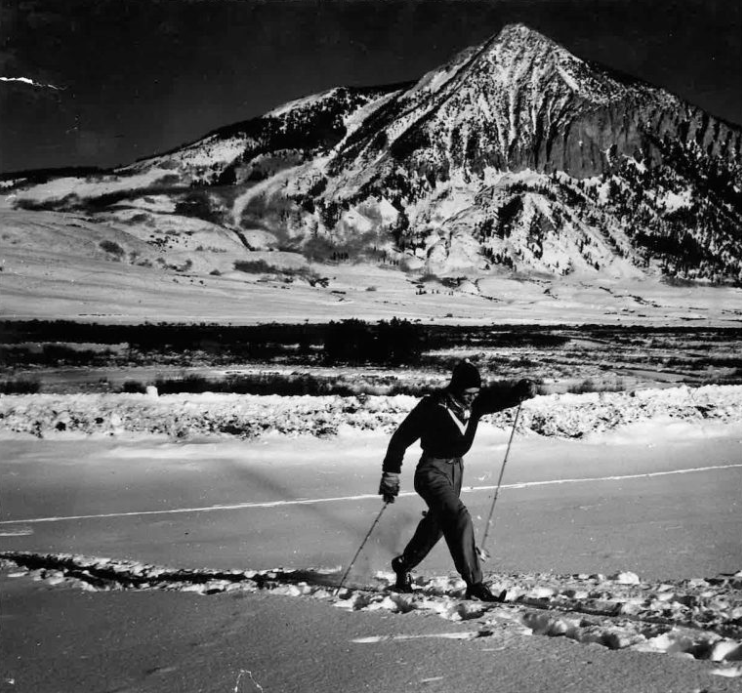For those immersed in the ski marathon racing scene, particularly in the Midwest, you’ve likely shared tracks with Elspeth Ronnander. A member of the Vakava Racing Team, a competitive masters group based in the Twin Cities, 36-year-old Ronnander has racked up over 50 marathon finishes in the last 18 years, sometimes within weeks of one another.

Outside her rigorous training schedule and full time job as a nurse practitioner, Ronnander is a passionate writer who regularly shares her race and training experiences on the Vakava team blog. In October 2020, Ronnander’s passion took another step forward with the release of her book, Going the Distance: Piecing Together a Life of Adventure.
Rife with excerpts from an impressively well-kept journal, Going the Distance is a detailed memoir about Ronnander’s quest to find fulfillment in sport and explore her athletic potential.
In her own words, “It’s a behind-the-scenes story about my struggles with the mental and physical aspects of competitive running and cross-country skiing in high school and beyond, in my tenacious, but mostly futile, attempt to be the best. Essentially, it’s the story of how I, as a citizen cross-country ski marathon racer, came to consider myself an athlete.”
To set the stage, Ronnander reflects on her childhood and the experience of being labeled as average, which lit the fire for her quest for perfection. Raised by parents who chose lifestyle, passion projects, and time together over affluence, her childhood provided her with an appreciation of simple living and self-propelled adventure that developed into remarkable fortitude.
After moving from Minneapolis to the small town of Bemidji in northern Minnesota, Ronnander found a passion, or perhaps obsession, for endurance challenges like the grueling Chippewa Triathlon, which combines a 16-mile canoe, a 27-mile mountain bike ride, and a 7-mile run.
After joining the high school team, cross country skiing rose to the top of Ronnander’s priority list. She committed herself to a demanding training schedule, eager to join the more experienced girls on her team at the state championships.
As was expressed in FasterSkier’s review of Jessie Diggins’ memoir Brave Enough, Ronnander’s recount of a childhood with a wonderfully quirky father, a strong and caring mother, and a supportive brother who doubled as a training partner was perhaps too idyllic to make for an enthralling read. Training logs from adolescence through young adulthood supporting a quest for a six-minute mile and self-actualization as an athlete do not garner universal appeal.

However, her indefatigable effort to explore just how far her commitment to training could take her is commendable, if not downright impressive, and is perhaps something many determined citizen athletes can relate to.
On a similar note, in reflecting on the process of writing her own memoir in a recent podcast episode, retired professional runner Lauren Fleshman commented, “Unless you’re writing a memoir about childhood, childhood just turns out to not be that interesting. It’s very difficult to get enough space from your own life to know what is and isn’t vital information for the main points of your book later.”
This may hold true in Going the Distance; journal entries and race narratives provide insight into the inner workings of Ronnander’s mind at various phases of her life, but these storylines tend to be less compelling than her writing surrounding her most significant challenges, which were not connected to her athletic goals. Perseverance is admirable and I love rooting for an underdog, but I find people and emotions are more captivating than intervals and grinding through long ski races in sub-zero temps.
Two of the people Ronnander highlights well are parents. Their decision to tighten their belts financially in order to prioritize time with family and commitment to making their dreams of seeing the mountains a reality endear them to readers. Her father was completely fascinated by tinkering with bikes; following his creativity, he designed his own recumbent commuter and a three-person side-by-side bike to help a one-car family cart the kids around, though it was never put to use. He’s a great character and seemingly an even better dad.

Another element that caught my attention in Ronnander’s memoir is her description of how her determination and perfectionism in high school unintentionally led her into the throes of an eating disorder coupled with compulsive exercise. Her journal entries and analysis here do an excellent job portraying the counterintuitive thoughts that consume someone struggling with these conditions — knowing you are damaging yourself and reducing your ability to pursue your goals, while feeling trapped and unable to give up the desperation for control that fuels the condition.
“I try to eat, but I know I probably consume fewer calories than I burn. That is scary. Sometimes that scares me; I panic in fear that my heart will stop. Then I have a snack and feel as if I have eaten too much. Then I want to exercise more [to make up for it].”
Ronnander went from loving training and racing to feel bound to it. She experienced increasing levels of fatigue and a rapidly deteriorating ability to perform at her best. Her clothes hung from her body, her period stopped, and she could recount every piece of food she had put in her mouth at the end of each day. She described feeling lost, frightened, and immensely conflicted, knowing that she needed to eat in order to absorb her training and improve, but also could not allow herself to eat a sufficient amount. She didn’t want to harm herself, but also couldn’t let go of her harmful behaviors.
“Eating healthy makes me feel cleansed. I feel good… After I exercise, I feel whole and pure and then I fill myself with food, which makes me feel impure again. What is wrong with me? How sick am I?… I don’t want to have a problem. I don’t think I’m anorexic… Food tempts me, and I try to control this temptation. I know I have to eat in order to exercise. I know when I do not consume enough food I am hungry and I am doing myself no good to work out. I don’t want to stop exercising, which means I need to eat more — of what is my problem.”
Ronnander later learned about the condition “eating disorder not otherwise specified” (EDNOS), which involves components of multiple disorders — in her case, the restrictive behaviors of anorexia, compared with the purging of bulimia in the form of exercise. She feels this condition was totally cured from one epic bonk induced from racing her first ski marathon at the age of eighteen with a deep calorie deficit that decided the day’s outcome before she even toed the line.
The other poignant experience Ronnander includes is that of abruptly losing her father, who had been most impactful in sparking her love of the outdoors. Out of the blue, she received a call at work from a family friend with whom her father had been cycling, his greatest passion, letting her know that he had collapsed mid-ride. They started CPR and a defibrillator was used once the ambulance arrived, but the emergency respondents carted him away to the hospital recognizing there was nothing they would be able to do. Ronnander had to bear this news to her mother and brother, who had been unreachable while en route to visit her in Minneapolis, where she was attending college.
She describes the hollow disbelief, the rollercoaster of grief, and the resulting understanding of the uncertainty of life that still inspires her to live to the fullest and carry on his legacy. She explored more, checked items off her bucket list, and slowly wrapped her head around wanting to call him to share these stories while knowing he would not pick up the phone.
“By this time, the years had passed. The emotions were significantly subdued. I had become accustomed to Dad not being around. But I still wanted to tell him about all my adventures. And I still felt compelled to go on these adventures — to explore new rivers and climb mountains and hike new trails. I got my adventurous nature from him. And I try to make my life as full as possible because ultimately Dad taught me life is short.”
Other captivating themes include the developing relationships — often through Type 2 fun — with Ronnander’s closest friends, Kathryn and Erik, the latter who eventually became her boyfriend and now husband. They remain in a life-long contest of who can complete the most pull ups. The presence and support of these partners makes one consider the unique bond that forms from countless hours running, canoeing, skiing, and traveling with friends.

So, if you’ve covered long distances over snow, dirt, or water through the North Woods, if you’re an intrepid citizen athlete exploring the limits of your athletic potential, or you simply enjoy reading the stories of those who have, consider adding Going the Distance to your reading list.
You can find Going the Distance on Amazon or at select retailers in the Midwest.
Rachel Perkins
Rachel is an endurance sport enthusiast based in the Roaring Fork Valley of Colorado. You can find her cruising around on skinny skis, running in the mountains with her pup, or chasing her toddler (born Oct. 2018). Instagram: @bachrunner4646



